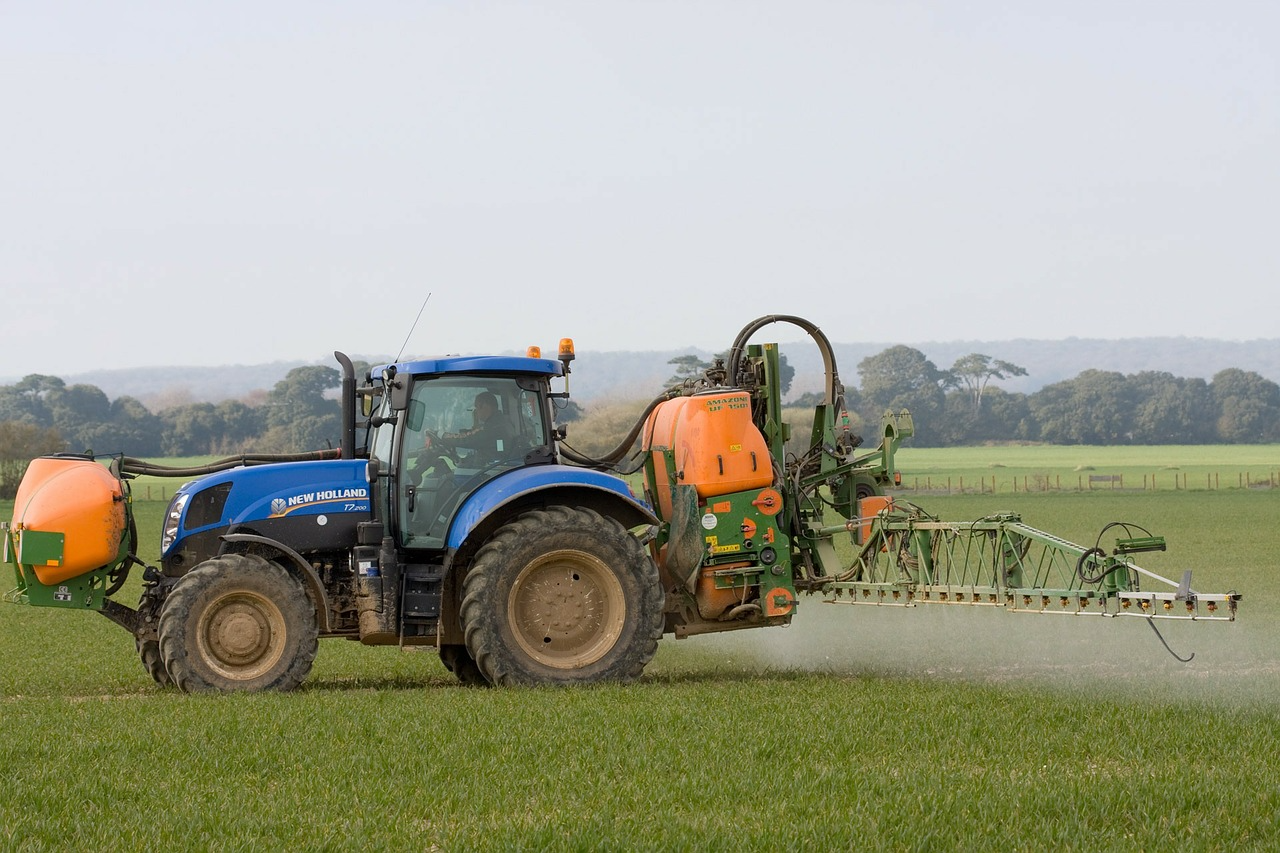Soil condition in Europe and the Czech Republic
A large area of our land is not in good condition. Although we still have quality soils and soils that they are cared for, most of our soils are affected by different types and degrees of degradation and a large proportion of soils are not cared for at all, they are only used. It is well known that conventional intensive agriculture degrades soil and damages the landscape through its practices. The soil is still declining and the remaining soil is degraded by erosion, compaction, loss of organic matter, loss or excess of nutrients, pH drops, pollution, loss of biodiversity, etc. The principles of proper crop rotation are ignored, less advantageous (improving) crops are grown and the maximum suitable representation of crops in sowing sequences is commonly exceeded (this is striking especially in the case of commercially advantageous rape, wheat, etc.). Soil is not farmed and is used regardless of the future.
The main types of soil damage (degradation) in Europe and the Czech Republic:
- Soil losses due to occupation for construction and other purposes.
- Water and wind erosion (erosion has already damaged 25% of EU agricultural soil.
- Soil compaction and other disturbance of the soil structure.
- Loss of soil organic matter and deterioration of its quality.
- Salting or acidification of the soil.
- Decrease in nutrient reserves below the tolerable limit.
- Soil pollution by foreign substances.
- Reduction of soil biodiversity (due to e.g., compaction and physical damage to soils or excessive use of industrial fertilisers and pesticides).
Soil is also degraded by natural mechanisms, but mainly by human activities. On the contrary, how to identify long-term sustainable soil and landscape use?
According to EASAC 2018, the criteria are as follows:
- leaching of nutrients from the soil is small,
- biological production due to natural climatic limits is high,
- biodiversity above and below the soil surface is high,
- precipitation is effectively infiltrated and retained in the rooted soil layer,
- soil erosion is low,
- inputs of foreign substances into the soil are low and do not accumulate in harmful concentrations,
- the production of food and other products is not conditioned by high energy inputs,
- greenhouse gas emissions from soil are zero or negative (soil consumes gases).
The most serious type of soil degradation is erosion, the removal of soil from the land away, either by water or wind (a 1 cm layer of soil forms for hundreds of years, but can be washed away or swept away in a matter of minutes) and continued extensive land grabbing for various purposes).
To reduce negative effects, it is recommended:
- not to liquidate the so-called green areas, on the contrary to create new ones,
- re-use abandoned and already devastated land (so-called brownfields),
- use permeable materials instead of concrete and asphalt (e.g., in car parks),
- to support the so-called green infrastructure (green roofs, vertical gardens, etc.).
Soil degradation has an impact on water and air quality, and therefore on human health, and also endangers food security.
Source: "It will not be possible without soil", Miloslav Šimek and team - Biological Centre of the ASCR, Institute of Soil Biology 2020, Article "What is the condition of our soil and landscape?"

